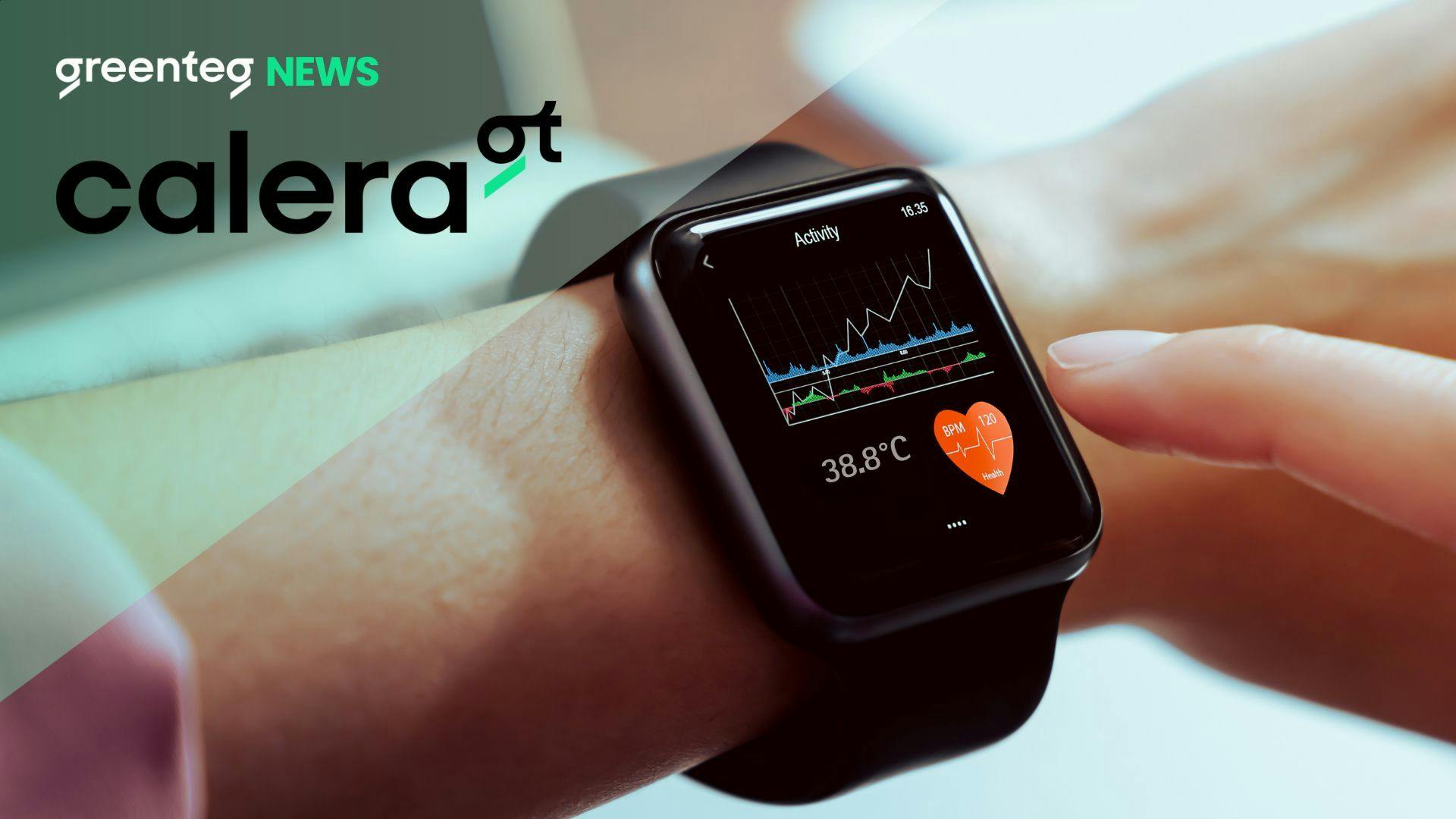- News & Events
- >news
Research Breakthrough in Wrist Wearable Fever Tracking
Ground-breaking Solution Revolutionizes Health Monitoring
[Zürich, 23 May 2023] - greenteg, a leading innovator in temperature measurement technology, is proud to announce a significant advancement in continuous, non-invasive fever tracking. A study conducted in collaboration with the University Hospital of Basel, (Switzerland); has resulted in a fever wrist algorithm that can be integrated into wrist wearables, paving the way for accurate and convenient fever monitoring. (1)
The results of the pilot study were published in March 2023 in the journal of BioMedical Engineering OnLine: Free-living core body temperature monitoring using a wrist-worn sensor after COVID-19 booster vaccination: a pilot study. (Scroll down for link) This breakthrough opens new possibilities for more effective and accessible health monitoring, particularly in situations where fever detection plays a crucial role in maintaining public health and safety. One example of how the algorithm shall be used to monitor patients, is the user-friendly CORSANO bracelet.
Tracking fever accurately using popular consumer smart-watches has long been a challenge due to the natural decrease in wrist temperature, which hinders the acquisition of reliable readings. However, greenteg has successfully tackled this issue by analysing heat flux data concerning temperature differences between the core and the wrist (thermal resistance).
Collaboration with the University Hospital Basel
This breakthrough algorithm was developed in close collaboration with the University Hospital of Basel, thanks to the invaluable assistance of Dr. Jens Eckstein and his team. Essential fever data induced by the second and third COVID-19 vaccination shots were collected. A new fever algorithm was developed through an in-depth analysis of heat flux data in correlation with temperature differences between the core body and the wrist (thermal resistance).
"We are thrilled to introduce this breakthrough in fever tracking, "said Dr. Lukas Durrer, co-founder and VP of CALERA integration at greenteg. "By integrating highly accurate heat flux sensors into wrist wearables and leveraging an innovative algorithm, we have overcome the challenges posed by the thermoregulatory-based wrist temperature decrease on fever. Our solution provides users with reliable and convenient fever monitoring, contributing to public health and safety."
Our solution provides users with reliable and convenient fever monitoring, contributing to public health and safety
greenteg's solution has enormous potential in various settings, including healthcare facilities, workplaces, and public spaces where quick and accurate fever detection is of utmost importance. By seamlessly integrating into popular wrist devices, this breakthrough technology ensures that users can effortlessly monitor their core body temperature while going about their daily activities.
As greenteg continues to push the boundaries of temperature measurement technology, this breakthrough in fever tracking marks another significant milestone in the company's commitment to advancing health monitoring solutions. With a focus on innovation and collaboration, greenteg remains at the forefront of revolutionizing temperature measurement, enabling safer and healthier communities worldwide.
About greenteg:
greenteg is a leading provider of innovative temperature measurement solutions for a wide range of industries. By leveraging cutting-edge technology and expertise, greenteg strives to develop accurate, reliable, and user-friendly temperature-sensing devices. With a commitment to improving public health and safety, greenteg continues to revolutionize temperature measurement, empowering individuals and organizations with actionable insights._
Media Contact: Jasmin Kossenjans [email protected]
1. Etienne, S., Oliveras, R., Schiboni, G. et al. Free-living core body temperature monitoring using a wrist-worn sensor after COVID-19 booster vaccination: a pilot study. BioMed Eng OnLine 22, 25 (2023). https://doi.org/10.1186/s12938-023-01081-3 https://biomedical-engineering-online.biomedcentral.com/articles/10.1186/s12938-023-01081-3
